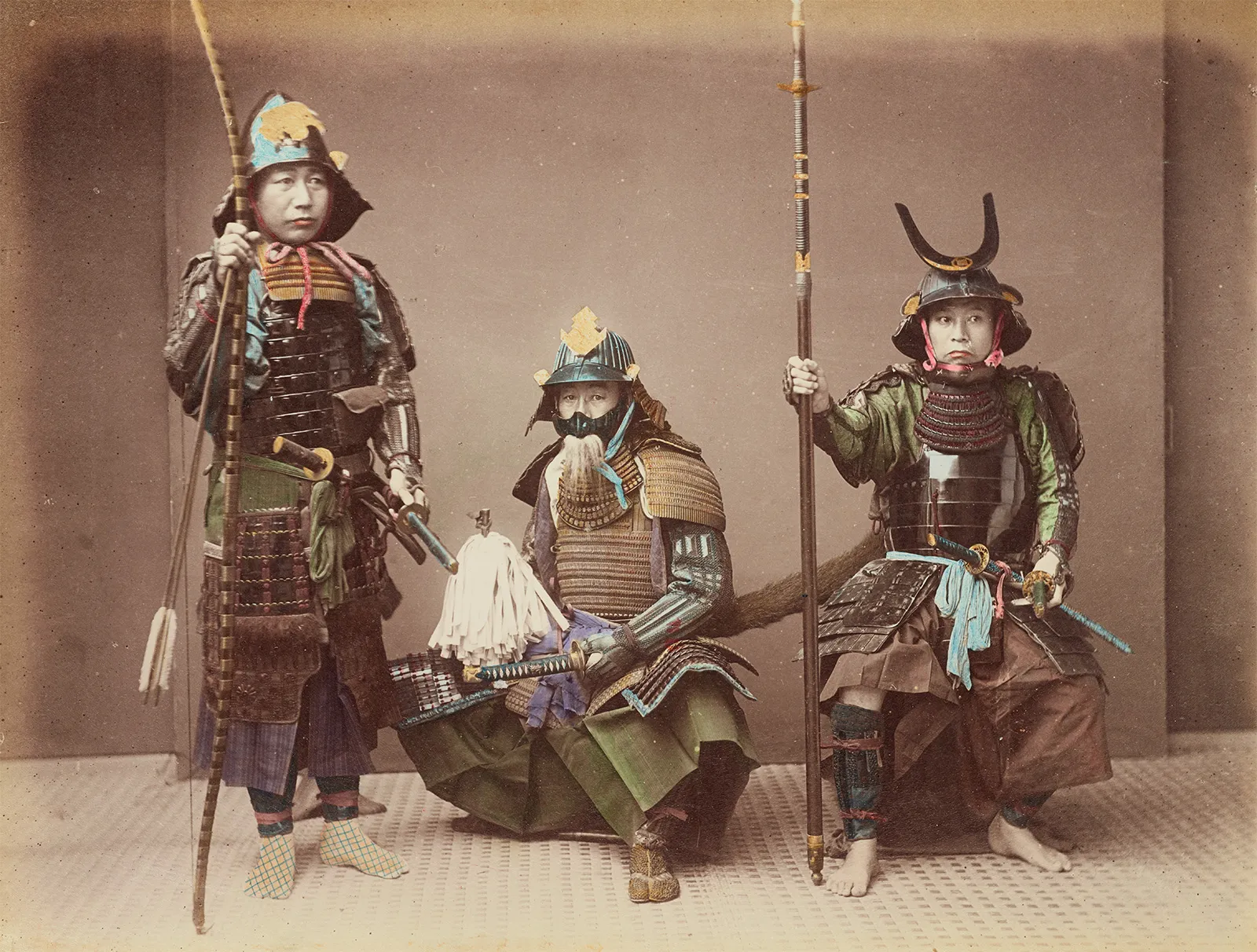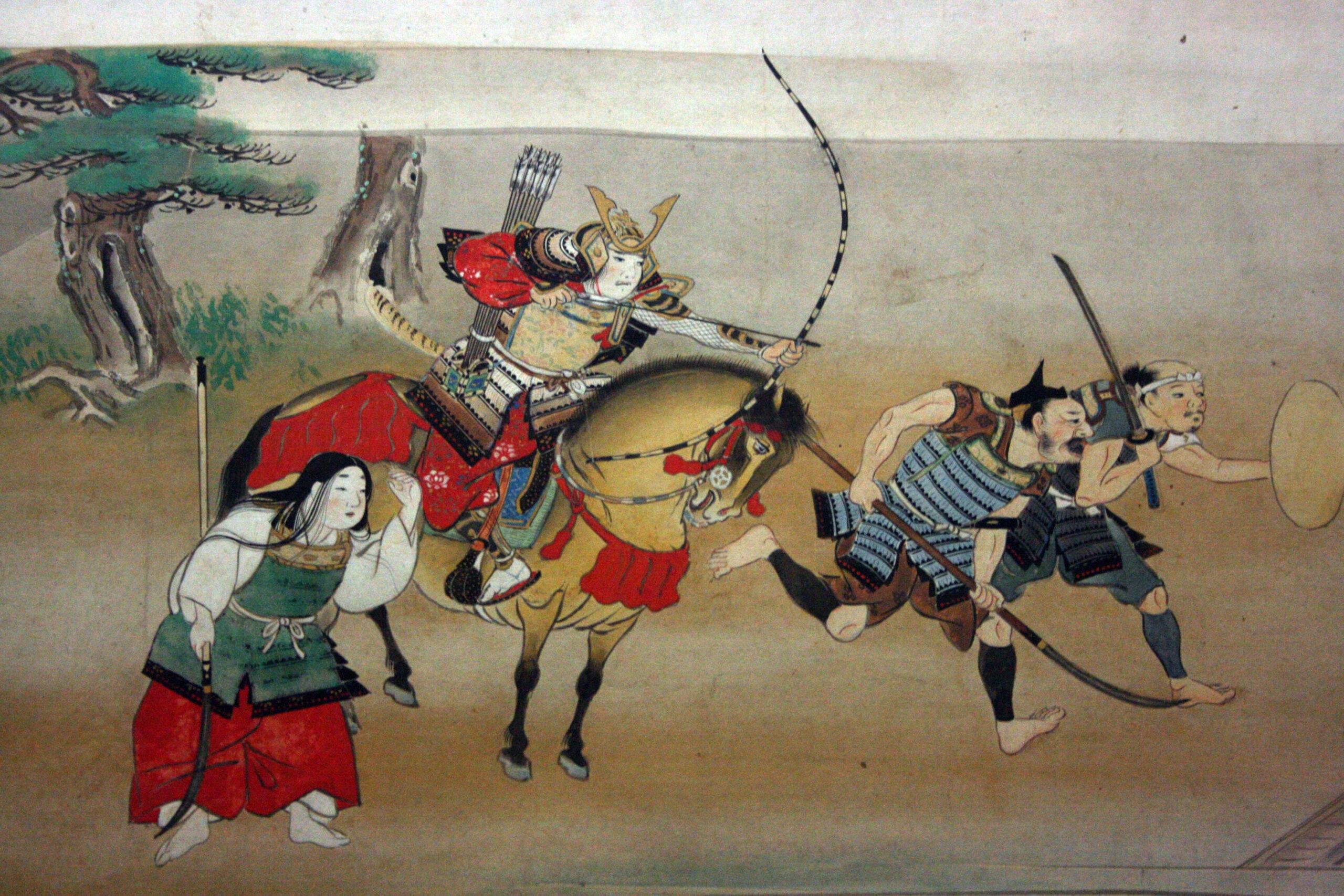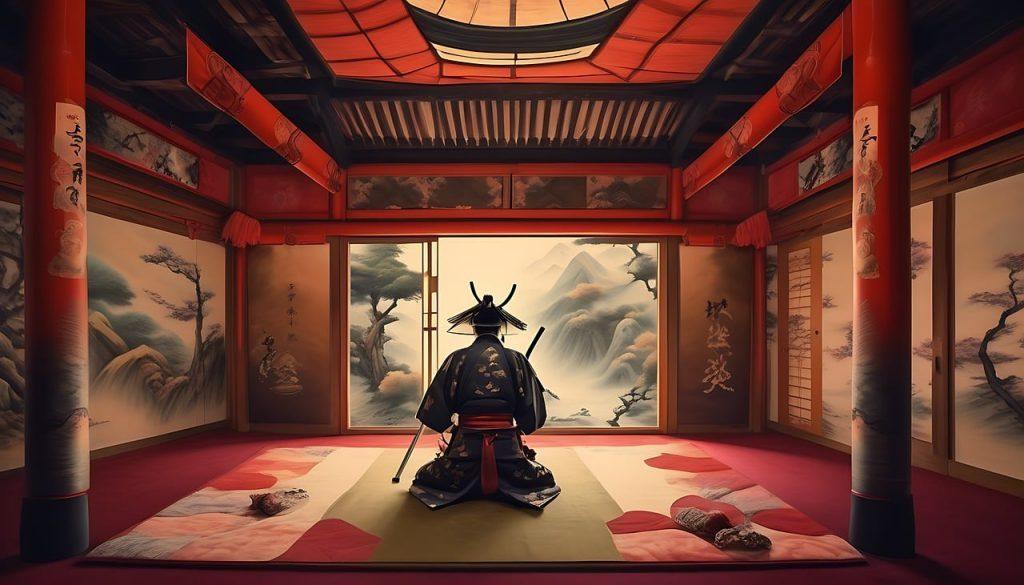
The History of the Samurai and Their Influence on Japanese Culture
The Samurai, a class of highly skilled warriors, represent a pivotal force in shaping Japanese history and culture. Their influence, extending far beyond the battlefield, continues to resonate in modern Japan and globally. This exploration delves into the origins, rise, and enduring legacy of the Samurai, examining their impact on various aspects of Japanese society, from art and philosophy to business practices and popular culture.
I. The Genesis of the Samurai: From Bodyguards to a Ruling Class
The origins of the Samurai can be traced back to the Heian period (794-1185 CE). As the imperial court’s power waned, the need for effective military protection grew. The court began recruiting warriors from the provinces, initially as personal bodyguards. These warriors, known as bushi or samurai (meaning “those who serve”), were initially drawn from various backgrounds, including the indigenous Japanese population, as well as Korean and Chinese immigrants. Their skills were paramount: mastery of martial arts, archery, and swordsmanship were crucial, coupled with qualities of bravery, loyalty, and unwavering honor.
Unlike the later, highly formalized system, early Samurai lacked a unified structure. They were organized into clans, each with its own distinct culture and traditions, frequently vying for power and influence. This period saw the emergence of powerful clans like the Fujiwara, who exerted significant influence over the imperial court even without holding direct military power. The seeds of future conflict were sown in these early power struggles, setting the stage for the dramatic events to come. The development of distinct fighting styles and weaponry also began during this period, gradually evolving into the sophisticated systems associated with later Samurai eras. The adoption of the katana, for instance, gradually replaced other weapons as the preferred blade of the Samurai class, becoming a powerful symbol of their status and skill.
The late Heian period witnessed increasing instability, marked by internal conflicts and the rise of powerful regional lords. This fragmentation of power paved the way for the rise of the warrior class and its increasing importance in Japanese society. The battles between powerful clans, such as the Minamoto and Taira, during the Genpei War (1180-1185), marked a turning point, showcasing the growing dominance of military power over the traditional authority of the imperial court. The Minamoto’s victory resulted in the establishment of the Kamakura Shogunate, marking the beginning of the period when the Samurai became the de facto rulers of Japan, a position they would maintain for centuries.
II. The Golden Age of the Samurai: Warfare, Culture, and Bushido
The period from the 12th to the 16th centuries represents the zenith of the Samurai’s influence, often referred to as their “Golden Age.” This era witnessed the consolidation of their power and the flourishing of their unique culture. The establishment of the shogunate, a military dictatorship, fundamentally altered Japan’s political landscape. The shogun held supreme authority, overseeing a strict hierarchical structure composed of daimyo (feudal lords), who controlled vast territories and maintained their own Samurai armies. This system, while often brutal and violent, provided a degree of stability that fostered artistic, literary, and philosophical developments.
The Golden Age gave birth to legendary figures like Miyamoto Musashi, whose mastery of swordsmanship and strategic thinking continues to inspire martial artists and strategists today. His Book of Five Rings, a treatise on strategy and philosophy, transcends the realm of combat, offering timeless wisdom applicable to various aspects of life. Musashi’s life, marked by numerous duels and a profound spiritual journey, showcases the complexities of the Samurai ethos.
This period saw the formalization and popularization of Bushido, the “way of the warrior.” Bushido wasn’t merely a set of rules but a comprehensive code of conduct emphasizing unwavering loyalty to one’s lord, unquestionable honor, and rigorous self-discipline. It encompassed courage, benevolence, righteousness, propriety, sincerity, and honor. These principles extended beyond battlefield conduct, deeply influencing the Samurai’s daily lives, personal relationships, and artistic endeavors. The ideals of Bushido permeated society, shaping attitudes towards duty, personal integrity, and social order.
The influence of Zen Buddhism during this period significantly shaped Samurai philosophy and practice. Zen’s emphasis on mindfulness, self-awareness, and acceptance of impermanence resonated with the Samurai’s often precarious existence and the constant proximity to death. The practice of meditation and self-reflection, combined with rigorous physical training, created a unique blend of spiritual and martial disciplines. The integration of Zen Buddhist principles into Bushido enhanced the Samurai’s understanding of inner strength, composure under pressure, and the ability to make quick, decisive decisions in high-stakes situations.
III. The Samurai and the Arts: Patrons, Practitioners, and Influences
Contrary to the popular image of bloodthirsty warriors, many Samurai were accomplished patrons and practitioners of the arts. Their influence is evident in various artistic and literary forms. They commissioned works of art, sponsored artists, and actively participated in creative pursuits. Their refined aesthetic sense is reflected in the elegance and simplicity of the tea ceremony, which evolved as a cultural practice under the influence of Samurai ideals of mindfulness, tranquility, and harmonious interaction. The meticulous attention to detail observed in Samurai swordsmithing, armor creation, and even calligraphy further demonstrates this commitment to artistry.
Samurai played a crucial role in the development of Japanese literature. They produced works of poetry, prose, and historical accounts that provide valuable insights into their lives, values, and beliefs. The unique perspective of the warrior, combining experiences of both violence and contemplation, resulted in a rich body of work that continues to be studied and appreciated today. Their writings often explored themes of honor, loyalty, death, and the ephemeral nature of life, reflecting the realities of their existence.
Furthermore, the aesthetic preferences of the Samurai influenced architecture and landscape design. The development of the traditional Japanese garden, with its emphasis on natural beauty, tranquility, and contemplation, reflects the Samurai’s appreciation for nature’s simplicity and power. The design principles found in Japanese gardens mirror the principles of Bushido, emphasizing balance, order, and harmony within apparent simplicity. The strategic placement of rocks, water features, and plants creates a sense of calm and focus, reflecting the internal discipline and concentration demanded by the Samurai way of life.
IV. The Decline and Fall of the Samurai: Modernization and the Meiji Restoration
The 19th century marked a turning point in Japanese history and the beginning of the end for the Samurai as a distinct class. Commodore Matthew Perry’s arrival in 1853 and the subsequent opening of Japan to Western influence shattered the country’s isolation and initiated a rapid modernization process. The Samurai, with their traditional values and feudal loyalties, were perceived as obstacles to this modernization. The Meiji Restoration (1868) abolished the feudal system and officially dissolved the Samurai class, replacing it with a conscript army. This transition was not without conflict, as some Samurai resisted the changes, leading to the Satsuma Rebellion of 1877.
The abolition of the Samurai class didn’t immediately erase their influence. Their values, such as loyalty, honor, and discipline, continued to resonate deeply within Japanese society. The legacy of Bushido, adapted and interpreted for different contexts, influenced the development of business ethics and national identity. The emphasis on discipline, hard work, and loyalty, core tenets of Bushido, found their way into the business world, shaping corporate culture and management strategies. These values continue to contribute to Japan’s reputation for strong work ethic and dedication.
V. The Enduring Legacy of the Samurai in Modern Japan and Beyond
The legacy of the Samurai continues to shape Japanese society in profound ways. Their values remain ingrained in the national psyche, affecting everything from personal conduct to business ethics. The emphasis on self-improvement, discipline, and unwavering commitment is still widely valued. Many modern Japanese leaders and entrepreneurs cite the Samurai ethos as a source of inspiration, drawing on the principles of Bushido to cultivate teamwork, loyalty, and dedication.
The Samurai’s impact extends beyond Japan’s borders. Their story has captivated global audiences for centuries, inspiring numerous works of fiction, film, and video games. The iconic image of the Samurai, with their distinctive armor and swords, has become synonymous with Japanese culture, embodying a combination of strength, elegance, and honor. The Samurai’s enduring appeal stems from the universal themes of courage, loyalty, and the pursuit of excellence, which transcend cultural boundaries.
The Samurai’s influence also permeates the realm of martial arts. Many modern martial arts styles draw inspiration from Samurai techniques and philosophy, emphasizing not only physical prowess but also mental discipline, self-control, and respect for oneself and others. The principles of Bushido have been adapted to guide training and development in various martial arts disciplines, reinforcing their enduring connection to the Samurai legacy.
The study of Samurai history and culture continues to provide valuable insights into the human condition. The complexities of their lives, the balance between violence and contemplation, and their unwavering commitment to their values offer a rich tapestry of human experiences that resonate with audiences worldwide. Their story underscores the importance of tradition, the complexities of honor and duty, and the enduring power of human resilience in the face of adversity. Their legacy is a testament to the enduring power of tradition and the human spirit. The exploration of Samurai history continues to offer valuable lessons on leadership, discipline, and the importance of upholding a strong moral code. Their story serves as a constant reminder of the weight of responsibility and the enduring impact individuals can have on shaping society and culture.
In conclusion, the Samurai represent far more than simply a class of warriors. Their impact on Japanese history and culture is profound and enduring, shaping social structures, philosophical perspectives, and artistic expressions. Their legacy continues to resonate in modern Japan and globally, inspiring individuals and organizations to strive for excellence, self-discipline, and unwavering loyalty. The Samurai’s story is a testament to the transformative power of individuals and their ability to leave an enduring mark on the world. Their values, though rooted in a specific historical context, offer timeless lessons that continue to resonate with modern audiences, reminding us of the enduring importance of honor, duty, and the pursuit of excellence.


